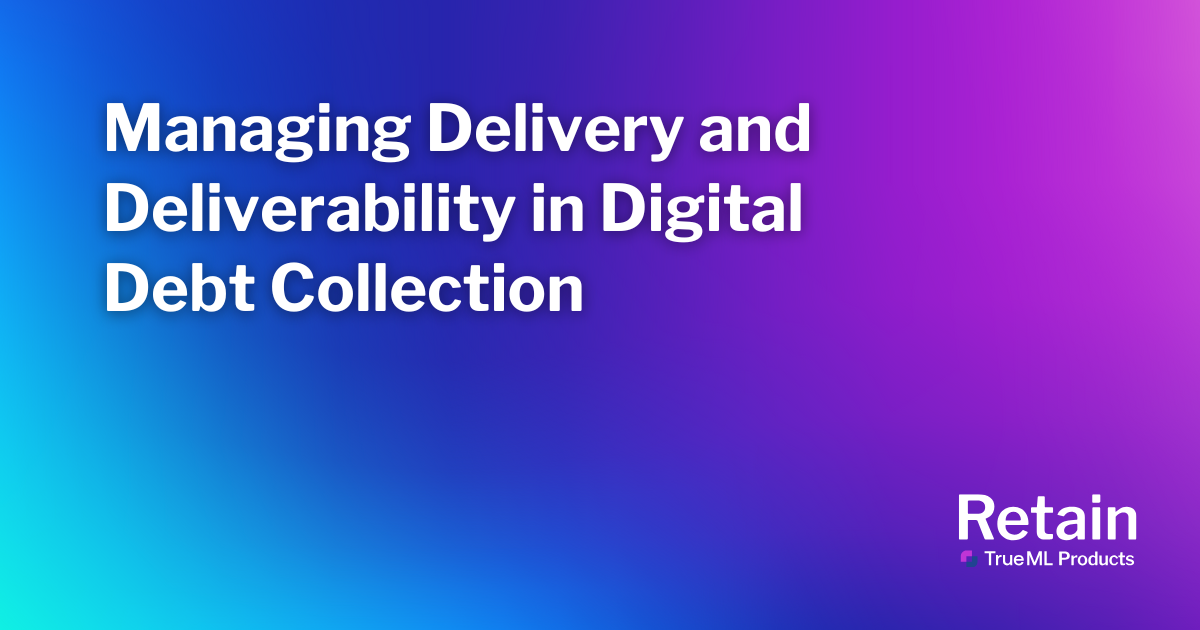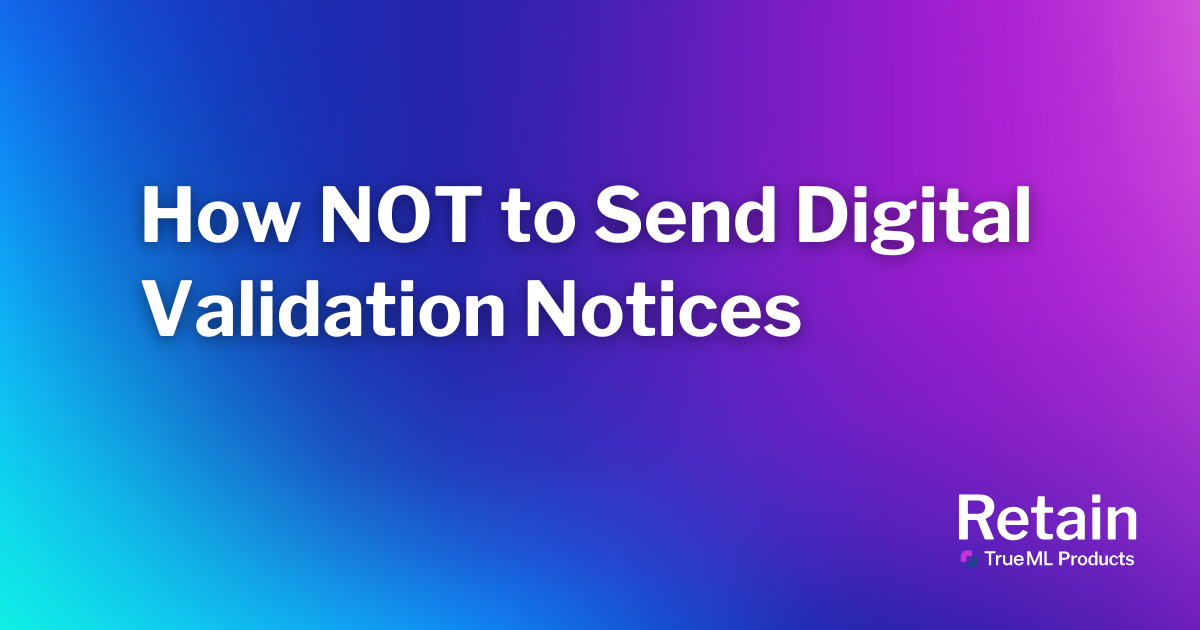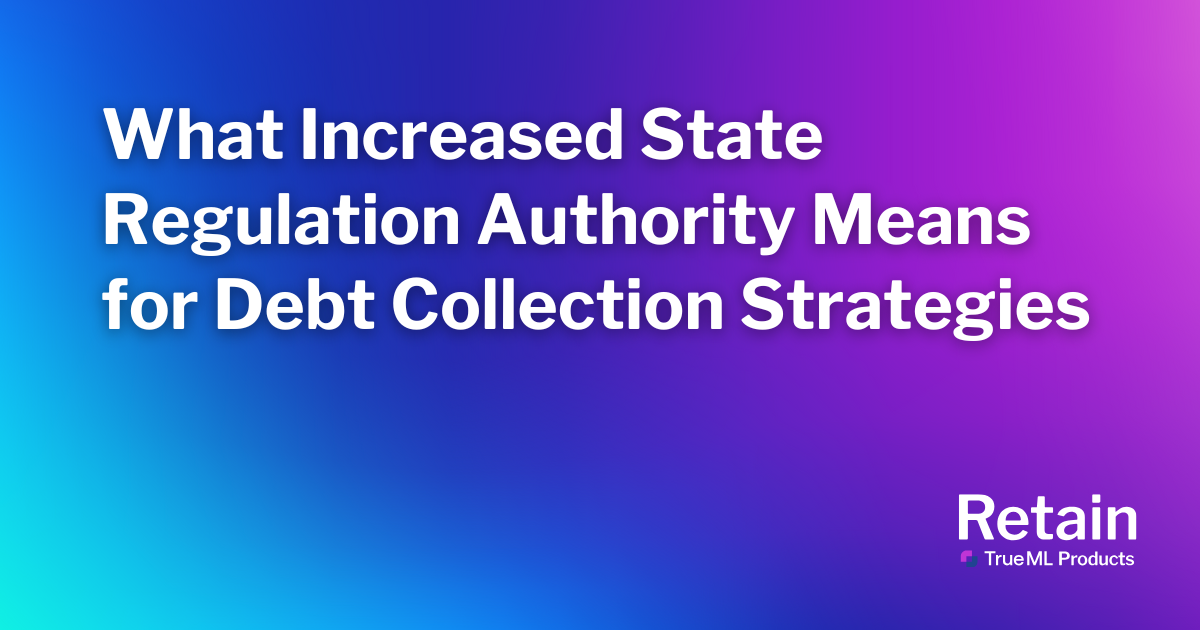Did you know one of the most common reasons for missing a payment is because delinquent customers simply forget to pay their bill?
But staying top of mind for consumers is harder than ever using traditional call-and-collect methods considering stricter compliance regulations and the fact that 94% of unidentified calls go unanswered. Plus, surveys have found that 59.5% of consumers prefer email as their first choice for communication in debt collection. When a business contacts a customer through their preferred channel first, it can lead to a more than 10% increase in payments.
But just adding email into your customer communication mix isn’t enough—if your messages never reach their inbox, it doesn’t matter what that customer’s preferred method of communication may be.
It’s time to take a closer look at email deliverability and the role it plays in the best practices for debt collection email communications.
Email Delivery Rate vs Email Deliverability Rate (and Why You Should be Measuring Both)
The word “deliverability” may sound similar to “delivery,” but when it comes to customer engagement via email, it’s important to understand the difference and measure each rate accordingly.
What is Email Delivery Rate?
Email Delivery Rate refers to the successful transmission of an email from the sender to the recipient’s mail server. It is the measurement of emails delivered divided by the number of emails sent. Bounces (when an email gets rejected by the mail server for any reason) and failures will cause this rate to go down.
Measuring delivery rates helps answer the question “did the email you sent actually make it to the recipient?” But it’s not the end all be all. If your email gets caught in the recipient’s spam filter or junk folder, how much will a good delivery rate help your business goals? That’s why it is important to also measure deliverability.
What is Email Deliverability?
Successful email delivery, when your email was accepted by the recipient’s mail server, doesn’t mean that it actually makes it into their inbox. Email deliverability, or inboxing rate, divides how many emails reach the recipient’s inbox, as opposed to their spam folder, by the total number of emails sent. Your deliverability is influenced by a variety of fluctuating factors, one of the most common being Internet Service Providers (ISPs).
By accurately measuring email deliverability rates, you’ll help answer the question: “Did the email you sent actually make it to the inbox—or did it get caught in spam?”
Why Debt Collection Emails Go to Spam
Email deliverability and delivery rates play a key role in identifying why emails end up in certain folders. A common issue for debt collection emails is the communication ends up in spam, the customer never sees it and fails to pay as a result. Some of the most common reasons why a debt collection email goes to spam include:
- Spam Filter Triggers: Every email provider has spam filters built into the platform. Spam trigger words like “click here”, “act now”, “urgent” and more should be avoided to help achieve higher email deliverability.
- Not Updating Your Mailing Lists: Every time a business sends an email that bounces back, their sender reputation takes a small hit. If this happens in mass and consistently, future emails are more likely to end up in spam.
- Sending Generic Emails: Email providers are more likely to send a message to spam if it’s generic and part of a mass send. It’s a best practice to add a level of personalization to the debt collection email being sent to help you avoid this issue.
Best Practices for Digital Debt Collection Emails
Understanding these different metrics can help influence your email strategy to delinquent accounts, but there’s more to a successful email program than just measuring data analytics and hitting “send.” Several best practices for digital debt collection emails for you to follow include:
- Building and maintaining a positive sender reputation with ISPs and ESPs
- Ensuring good email list hygiene
- Sending to actively engaged subscribers
- Maintaining consistent volume and cadence (avoid spikes)
- Avoiding spammy subject lines
- Developing valuable content that would engage subscribers
While many of these best practices may seem like no-brainers, achieving them can take more skill and effort than most businesses expect. Each of these contribute to email delivery rates and more importantly, deliverability to recipients’ inboxes—key drivers towards consumer engagement and your bottom line. With better email deliverability, your business can increase recovery rates and maintain compliance.
The Retain Difference Boosts Your Email Deliverability
So how does Retain perform above and beyond the competition for email deliverability, delivery and engagement?
Retain’s dedicated Email Operations and Deliverability Team proactively monitor and make adjustments, along with using our patented machine learning engine to dynamically make updates in real-time. Our team of email deliverability experts proactively stay on top of Email Service Provider (ESP) best practices and maintain relationships with ISPs for optimal email acceptance rates.
Additionally, Retain allows your business to use a suite of digital communication channels including email and SMS to meet your customers where they are. It is designed to scale seamlessly and cost-effectively to meet the needs of your organization at any given time.
Ready to learn more and start improving your digital debt collection efforts through better digital engagement strategies?
Sources:



